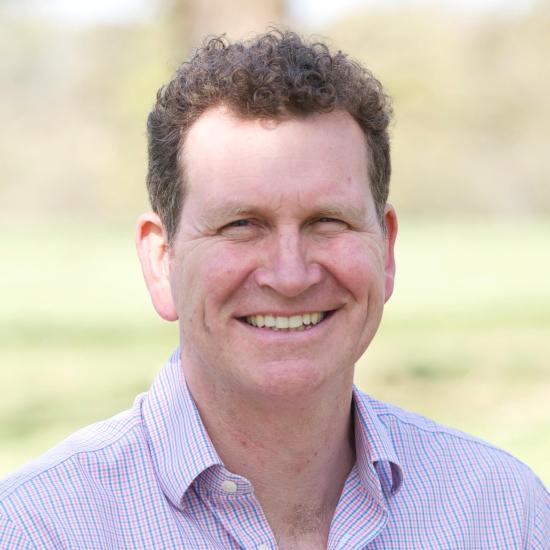One area I’m particularly interested to hear about is the importance of feedback in creating peak performance. How did that compare in sport and business?
I think one fundamental in every environment is open and honest communication, and feedback is a key part of that. In the sporting world the cultural norm was that feedback was very regular and often very direct. Most competitors at the highest level of sport are ‘feedback hungry’; they want to know how they can be better, and they are happy to give feedback to others in their team in the same spirit.
We used to speak before and after every training session, and often during the sessions, exploring ways to find more speed: it was how we drove the ongoing, incremental improvements which might make the difference between winning and losing. I often wonder how high the performance could be in the workplace if we all spent a couple of minutes each morning and evening reviewing our performance together.
Having said that direct feedback close to the event is useful in both sport and business, I see this as another area where the application may differ slightly. It links back partly to what I said earlier about goals being more multi-faceted in business, and particularly the importance of good working relationships in an office environment.
The simplicity and ‘task’ nature of a sporting goal lends itself to a very direct conversation focussed on the task itself, whereas the performance feedback in an office may have to be more focussed on how someone behaves; the way someone manages their time, the information someone provides when delegating a task, or the importance of performing more mundane tasks conscientiously towards the overall team goal; which can lead to unhealthy conflict as it can be more easily heard as personal attack.
I try to remind clients that when giving feedback, it’s important to consider the relationship as well as the task, and to consider how the person they are speaking with will react to the feedback, although of course this can be harder when one or both people are under pressure.
When considering how feedback is delivered, I remember, one partner at the firm saying that he liked working with me because he could be really direct and I didn’t mind. To be honest, given my experience in sport, his level of directness didn’t stretch my tolerance level at all, I don’t think we had the same threshold of ‘directness!'
My other ‘experience’ of feedback is that we need to make sure we are open to receive it as well as to give it. With that in mind, I think it’s really healthy that organisations are moving away from approaches where feedback is given solely as part of a review process, and where the expectation is that I wait to receive it, to one where people are encouraged to regularly, and proactively, ask for feedback.
It sounds a small difference, but it changes the dynamic in an interesting way, because if I go and ask for the feedback, then it opens up the conversation for the other person without it feeling pressured and forced. It creates a greater degree of individual empowerment and responsibility.
People sometimes hear a request for feedback as if it were a sign of weakness or lack of competence generally. But many people find it useful to know what others see or hear to help them to identify potential areas for improvement; and as the recipient of feedback, people then have the choice about what to do with the information.
Jonny, after you had been at Ashurst for almost 10 years, you then moved in-house to a listed entertainment company, Modern Times Group (MTG) where you worked as Company Secretary and General Counsel. How did that transition happen, and what did you learn from the change?
I think this touches on a couple of interesting points when considering transitions. First, the importance of considering the ‘whole person’ coming to work and, second, how you can ‘de-risk’ a transition by finding out as much as possible about the next potential role – ideally creating some opportunities for ‘parallel running’ and career experiments while you are still in your current position.
On the point of the ‘whole person’, I think that people need to be conscious of choices they make and the number of things they are trying to balance both inside and outside work. It’s about managing your energy, and I often talk to coachees about this issue, asking them to understand what else may be going on in their lives that could be bringing pressure and require energy.
In my case a number of shifts had been happening while I was still at Ashurst. My elder son was born in 1999, and soon afterwards, in 2000, I decided to stop rowing as juggling the family, work and rowing was impossible. Also I was starting to think more broadly about the job itself, the working pattern of private practice with a young family, and what that would look like moving forwards.
At this same time I was fortunate to have an opportunity to conduct a mini ‘career experiment’ – as I went on secondment to one of our clients. That really helped my thinking because it meant I had seen the world of an in-house lawyer, knew what it involved and thought that it would not only suit me more at that stage of my life, but also that I would enjoy it.


